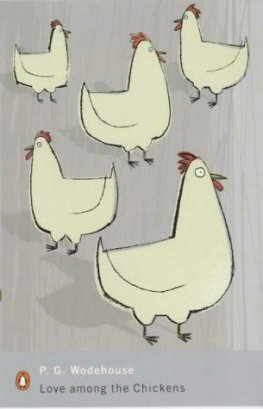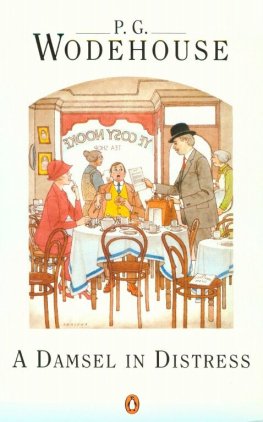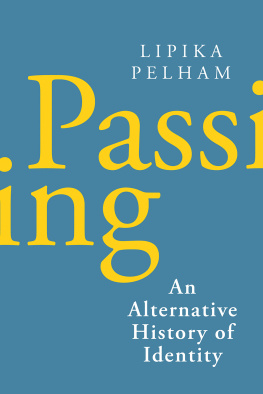Colonel John Pelham
LEES BOY ARTILLERIST
COLONEL JOHN PELHAM
Courtesy of The Museum of the Confederacy, Richmond, Virginia
Copyright 1960 by Garrett & Massie, Inc.
Published by the University of North Carolina Press
All rights reserved
Manufactured in the United States of America
ISBN 0-8078-0974-8 (cloth : alk. paper)
ISBN 0-8078-4549-3 (pbk. : alk. paper)
Library of Congress Catalog Number 60-10349
99 98 9 8 7 6
www.uncpress.unc.edu
To Bob and Tom
My Two Twentieth Century Pelhams
Contents
Maps and Illustrations
Colonel John Pelham / Frontispiece
The Plain /
Henry Hill /
Map: The Battle of Manassas, July 21, 1861 /
General Robert E. Lee / opposite
Lieutenant General T. J. (Stonewall) Jackson / opposite
Bringing Off the Guns /
Moving Up /
Load /
Map: The Peninsula Campaign, 1862 /
The Wake of Battle /
Pelham vs. U.S.S. Marblehead /
Major General James E. B. (Jeb) Stuart / opposite
Major Heros von Borcke / opposite
Surprise Attack /
Jacksons Raid at Manassas /
Map: Second Manassas, 1862 /
Stirring Them Up /
Battle of Antietam /
Guarding the Rear /
Slipping Through the Net /
The Bower /
Map: General Stuarts Ride Around the Federal Army, 1862 /
Map: Route of Stuarts Horse Artillery, Oct. 29 to Nov. 16, 1862 /
A Telling Blow /
Map: The Battle of Fredericksburg, 1862 /
His Last Battle /
Map: Theater of Operations, JanuaryMarch 1863 /
Where Pelham Died /
Monument to Pelham /
Inside a Loaded Cannon /
Types of Guns Used by Pelham /
Caisson and Limber /
Gunnery Tools /
Types of Ammunition /
Gunnery Practice and Operation / 78
Preface
This is the true story of John Pelhamthe most beloved and esteemed young man in the Confederacy. His superiors relied on him because he was a brilliant artillerist. His men trusted him because he was fair and considerate. Charming Dixie belles loved him because he was handsome and chivalrous. And the whole South worshipped him because he modestly played a decisive role in victory after victory.
These same qualities which endeared John Pelham to his countrymen a century ago still serve as an inspiration to the youth of today. It is my hope that in the pages of this book readers of all ages may re-live the heroic exploits and breathe the dedicated spirit of this remarkable young man.
William W. Hassler
Willow Grove, Pa.
Acknowledgements
One of the most gratifying rewards of writing is the invaluable assistance rendered by interested persons. I wish to acknowledge special appreciation to the following. To Dr. James C. Hazlett of Wheeling, West Virginia for hard-to-get information and pictures of the Blakely gun and for tracking down the correct spelling of the name of this English fieldpiece. To Mrs. James S. Patton of Alexandria, Virginia for making available numerous excerpts from her grandmothers diary which provide an intimate insight into Pelham at the time of the Battle of Fredericksburg. To Mr. George Kusel of Willow Grove for helpful guidance on matters pertaining to Civil War arms. To Joseph ODonnell and Dr. Sidney Forman, archivists of the United States Military Academy, for providing Pelhams record at West Point. To Mr. Sidney E. King, Virginia artist, who combined artistry with a sense of history in drawing the illustrations and maps for the book. To Mr. G. Edmond Massie, with whom it is always a pleasure to work, and whose encouragement and advice are indispensable. And to Mary, my dear and devoted wife, who as usual acted as general editorial assistant and counselor.
Chapter I
The Training of a Soldier
In all his seventeen years adventure-loving John Pelham could not remember a year which was nearly as exciting as 1856. Almost every newspaper carried gory accounts of new violence in Bloody Kansas where Northern and Southern sympathizers were hustling ruffians into the territory to fight for or against the states admission into the Union as a slave state.
During May a wild-eyed migrant farmer by the name of John Brown cruelly murdered five pro-slavery Kansas settlers along Pottawatomie Creek. In Washington, Representative Preston Brooks of South Carolina angrily strode into the Senate chamber and, without warning, clubbed Senator John Sumner of Massachusetts with his cane until the anti-slavery New Englander fell unconscious beside the desk at which he had been working quietly.
In his own state of Alabama, John listened to bitter stories about William Strickland and Edwin Upson, owners of the largest bookstore in downstate Mobile. These two storekeepers had been run out of town by enraged citizens because they sold three anti-slavery books which some curious customers had ordered. Dr. Pelham cautioned his boys to keep calm in the hope that passions would cool. But when Major Buford of South Carolina stopped in Alabama to recruit several hundred daring lads who could handle a musket, John Pelham itched to join the crusade which was heading for Kansas under a blazing red banner bearing the motto SOUTH CAROLINA AND STATES RIGHTS.
However, John wisely decided to follow his fathers advice and first obtain an education at the United States Military Academy at West Point. Certainly no young man had a better background to recommend him for such an appointment. He was the third son of Dr. Atkinson Pelham and his wife Martha, both prominent citizens of Benton County in northeastern Alabama. Here on a thousand acre estate young John and his five brothers played their share of pranks and became embroiled in rough scrapes. Those wild Pelham boys, as the neighbors called them, always seemed to be up to some mischief or other. They played hooky from school to fish and hunt; they feasted on farmers ripe corn and luscious melons; and they deviled their teacher by removing and hiding all the desks in the little one-room schoolhouse.
In this healthy outdoor environment John Pelham developed a wiry athletic physique which later enabled him to endure strenuous battle campaigning with such sturdy veterans as Generals Robert E. Lee, Stonewall Jackson, and Jeb Stuart. The young Alabamian enjoyed all sports and rough-and-tumble activities. When he and his brothers tired of fighting each other they would tussle with anyone who was spoiling for a fight. On one such occasion John took on a scrapper much larger than himself. Pelham fought gamely, but he soon realized that he was no match for the older lad who battered him so hard that Charlie, Johns oldest brother, started to step in and take his kid brothers part. But John waved him back, shouting, No, Charlie, Ill fight this one out myself. And slug it out he did until he fell to the ground completely exhausted.
Another favorite sport of Johns was horseback riding in which he became expert at an early age. When he tired of riding horses across the cotton fields he rode a neighbors cow around the pasture. Several days of this vigorous exercise reduced the poor cow and cut her milk supply to a trickle. Pelham then went to the irate owner and admitted that he was responsible for the cows rundown condition. The farmer ordered John hereafter to leave the cows alone and ride the bull if he felt he must ride some animal beside a horse for variety. This idea appealed immensely to Pelham who proceeded to mount the bull which snorted unhappily as it pranced back and forth in a furious attempt to dislodge the determined rider. But Pelham stayed on and eventually tamed the bull so that even his younger sister Betty could ride him.







